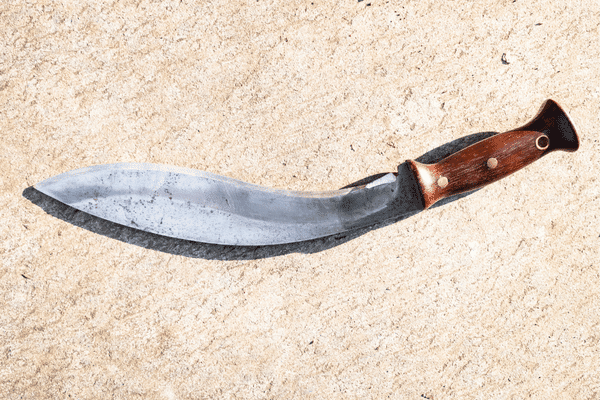Unveiling the Tomahawk Axe: A Timeless Tool with a Rich History.
The tomahawk axe, a versatile and iconic tool, has a rich history deeply rooted in the cultural fabric of various societies. Beyond its use as a weapon, the tomahawk has evolved into a multi-functional tool with applications ranging from survival and camping to sport and craftsmanship. In this article, we delve into the fascinating world of the Tomahawk axe, exploring its historical significance, design variations, and contemporary uses.
Historical Roots:
The origins of the tomahawk can be traced back to indigenous North American cultures. Initially crafted by Native American tribes, these axes served as essential tools for hunting, chopping wood, and even ceremonial purposes. The tomahawk's design varied among tribes, showcasing the diverse craftsmanship and functional adaptations to specific needs.
During the colonial period, European settlers encountered the tomahawk and recognized its utility. As a result, the tool became intertwined with early American history and played a significant role in both military conflicts and everyday life on the frontier.
Design and Construction:
Tomahawk axes typically feature a distinctive design, characterized by a lightweight yet sturdy construction. The head of the axes consists of a blade on one side and a hammer pole on the other, providing a dual-purpose tool for cutting and pounding. The handles are traditionally made of wood, such as hickory, providing a comfortable grip while maintaining durability.
Modern Variations:
While the traditional tomahawk design endures, modern variations cater to diverse needs. Tactical tomahawks, for example, incorporate features such as pry bars, spike ends, and additional cutting surfaces. These adaptations make them valuable tools for survivalists, outdoor enthusiasts, and military personnel.
Furthermore, the popularity of throwing tomahawk competitions has given rise to specialized throwing tomahawks. These are designed for balance and accuracy, emphasizing the skilled art of tomahawk throwing as both a sport and a recreational activity.
Outdoor Applications:
The tomahawk's versatility shines in outdoor settings. Campers and survivalists appreciate its compact size and multifunctional design, making it a valuable companion for tasks like chopping firewood, clearing brush, and even self-defense. The lightweight nature of the tomahawk also makes it an excellent choice for backpackers looking to maximize utility without adding excessive weight to their gear.
Craftsmanship and Customization:
Beyond its functional aspects, the tomahawk has become a canvas for craftsmanship and artistic expression. Many artisans and blacksmiths create custom tomahawks, adding intricate engravings, decorative handles, and personalized touches. This intersection of art and functionality highlights the enduring appeal of the tomahawk as more than just a tool but a symbol of craftsmanship and individuality.
Conclusion:
In conclusion, the tomahawk ax transcends its historical origins, remaining relevant in the contemporary world for a multitude of purposes. Its rich history, versatile design, and cultural significance contribute to its enduring popularity. Whether you're an outdoor enthusiast, a collector, or someone interested in the intersection of history and craftsmanship, the tomahawk axe continues to captivate and serve as a testament to the enduring legacy of this iconic tool.




Comments
Post a Comment